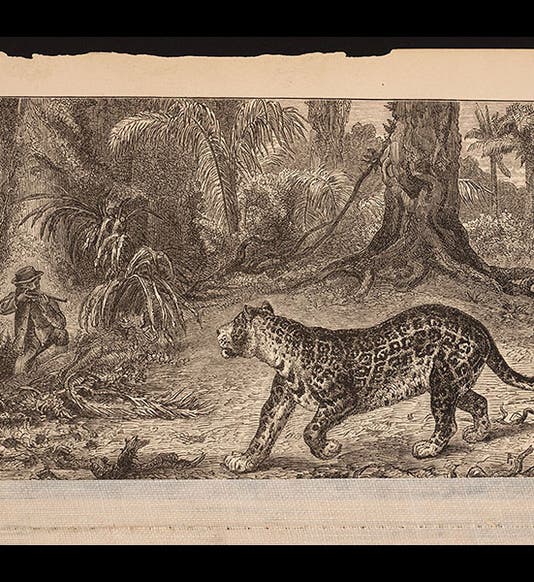Scientist of the Day - Thomas Belt
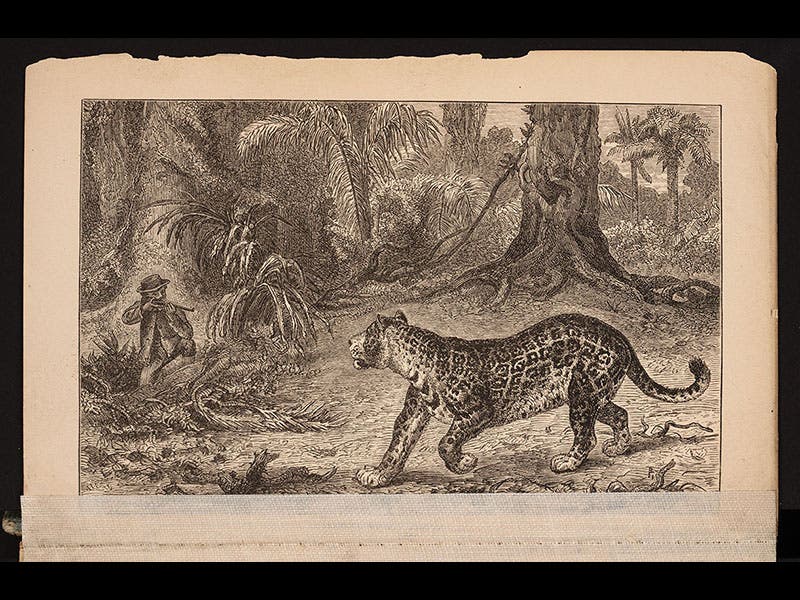
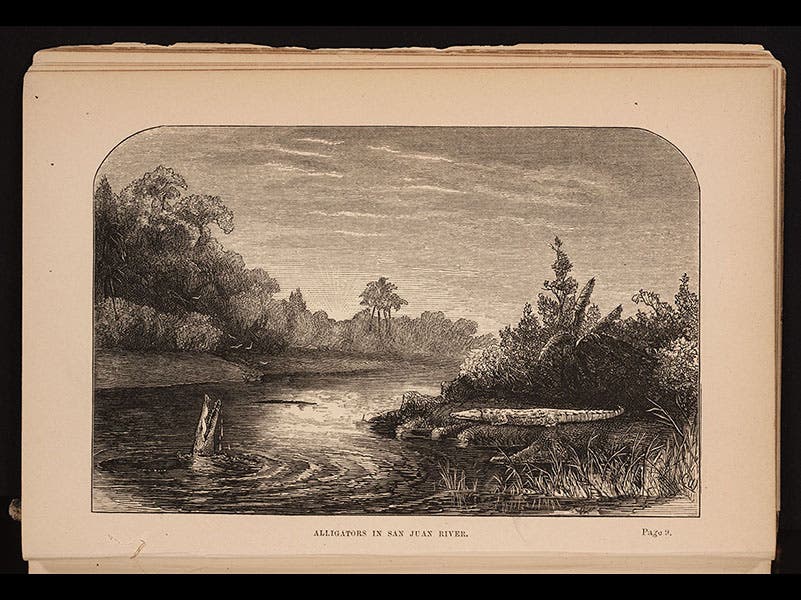

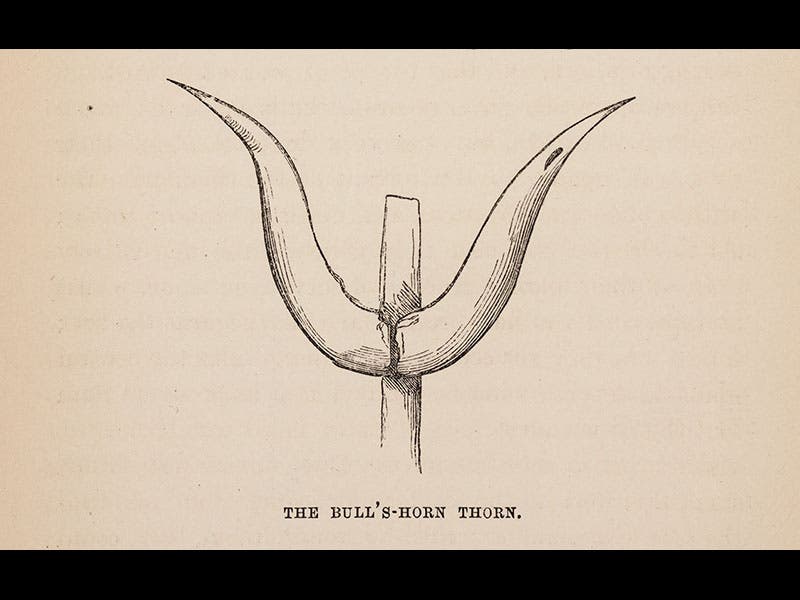
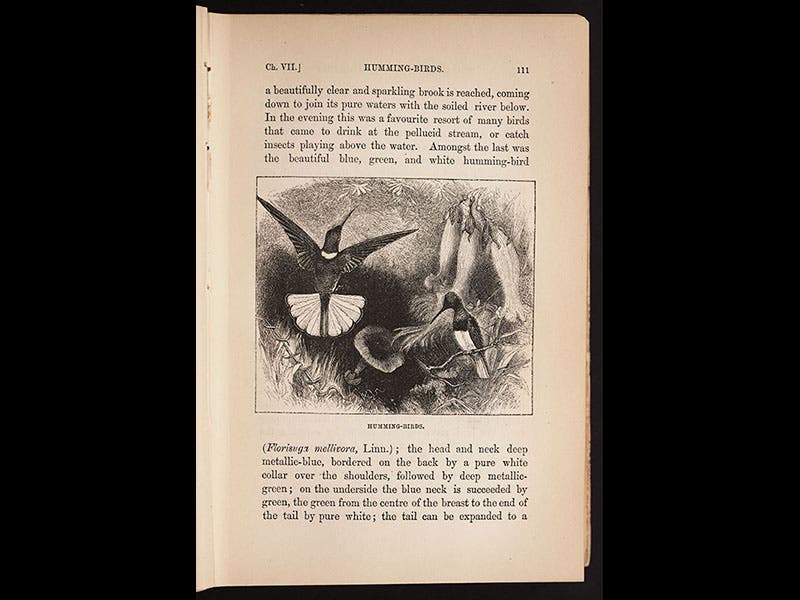
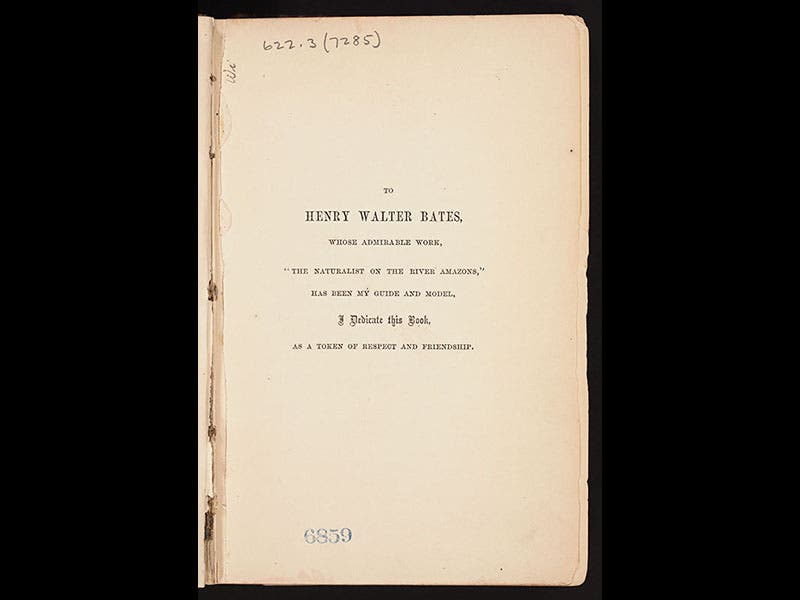
Thomas Belt, an English mining engineer, naturalist, and explorer, died Sep. 21, 1878 (we do not know his date of birth). Belt went to Nicaragua for four years for a mining enterprise, but he apparently spent a lot of time examining the flora and fauna of the country, and he published an account of those years, The Naturalist in Nicaragua, in 1874. The book reveals that Belt has a special interest in insects, especially ants, and that he was an acute observer. He studied the local leaf-cutter ants, as others had before him, and he discovered, as no one had before him, that the ants do not consume the leaves directly, but rather use them as fodder for subterranean fungus gardens, and that it is the fungus that is fed to the ant larvae. He also observed a different species of ant that he found living in the thorns of what Belt called a bull's horn acacia. He noted that the tree feeds the ants by excreting tiny food-rich pods (now called Beltian bodies) from the tips of leaves, and that the ants in turn protect the tree from other threatening insects and even from encroaching vines. This may not be the first known example of mutual symbiosis, but it is certainly a famous one.
Even before his book was published, Belt sent a letter to Charles Darwin about the bull's horn acacia and its ants, and Darwin was quite intrigued. He read Belt's book when it came out, and he was impressed enough to write Belt several more letters of praise, and he even invited Belt to visit Down House when he was next in London. None of these letters has yet made it into the massive Darwin Correspondence Online project, so we will have to wait for more particulars.
The first four images above are taken from our copy of The Naturalist in Nicaragua, which unfortunately is in rather poor shape (it came to us that way from the Engineering Societies Library in 1995). Two early full-page plates, showing a jaguar hunt and an alligator-infested swamp, were almost obligatory for travel-adventure books, intended to attract buyers. The more interesting images are rather simpler: a diagram of a nest of leaf-cutter ants (third image); a drawing of the thorns of the bull's horn acacia (fourth image), and some hummingbirds (fifth image). The last image shows the dedication page, which honors an earlier South American explorer, Henry Walter Bates, a former Scientist of the Day, for whom Belt obviously had a great fondness.
Belt, oddly for an Englishman and occasional Nicaraguan, is buried in Denver, Colorado. He was working on another mining project in the Rockies in 1878, when he came down with mountain fever and died. He was only about 46 years old.
Dr. William B. Ashworth, Jr., Consultant for the History of Science, Linda Hall Library and Associate Professor, Department of History, University of Missouri-Kansas City. Comments or corrections are welcome; please direct to ashworthw@umkc.edu.

